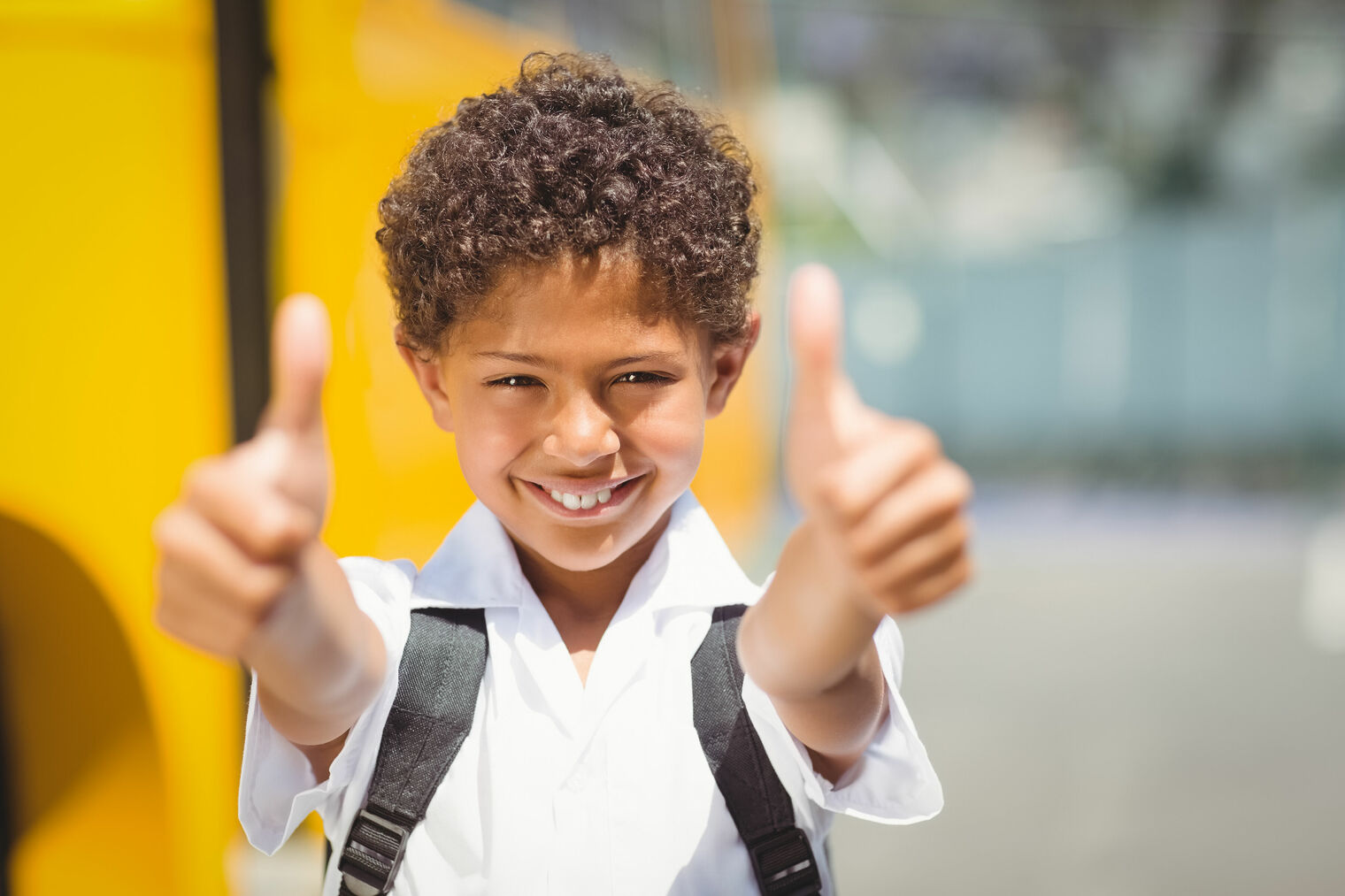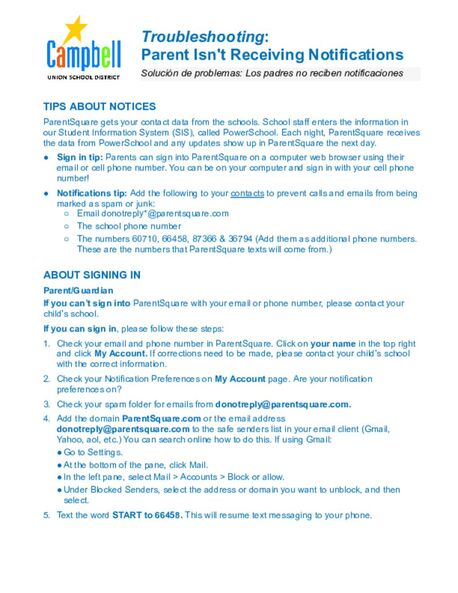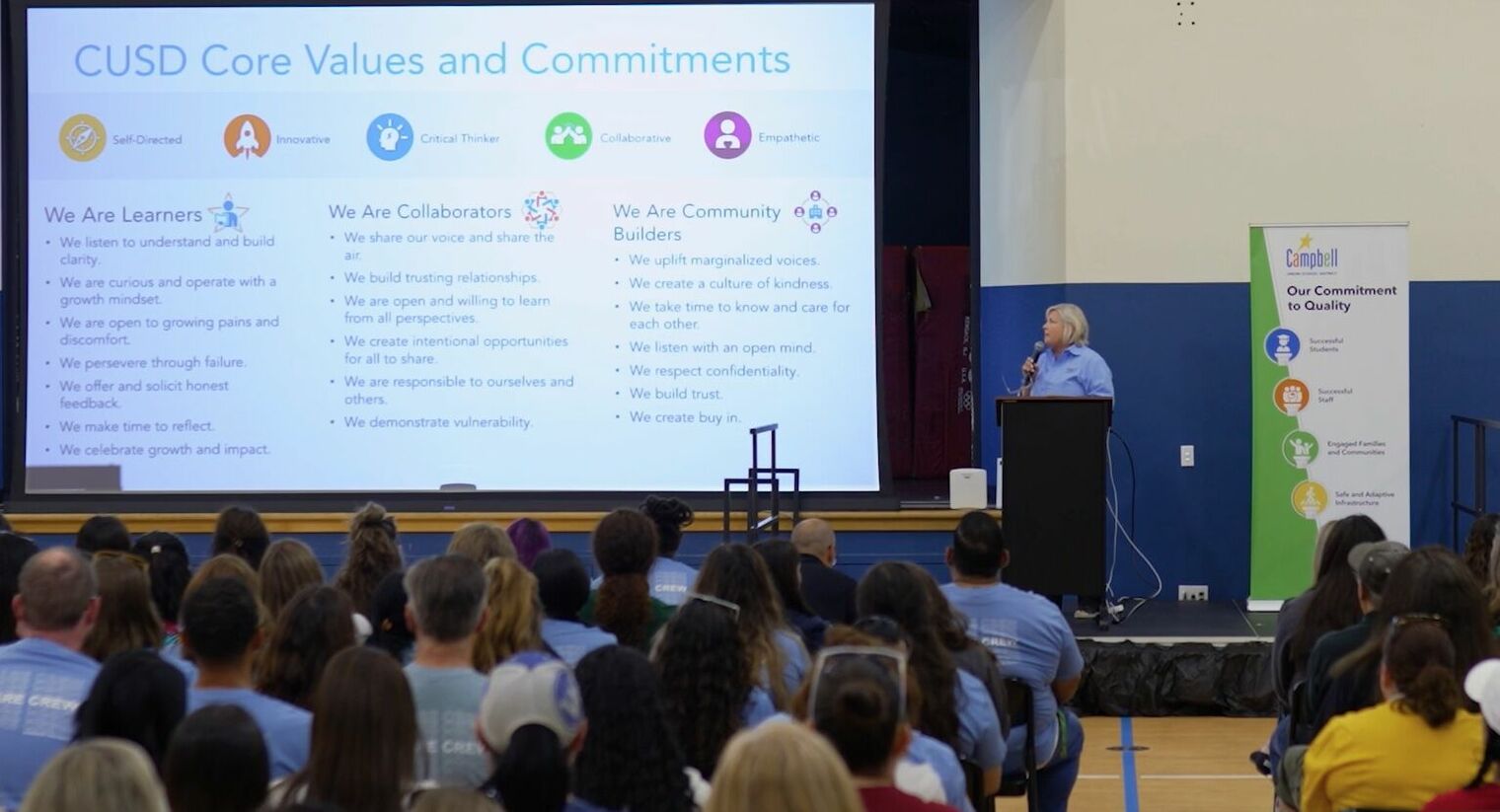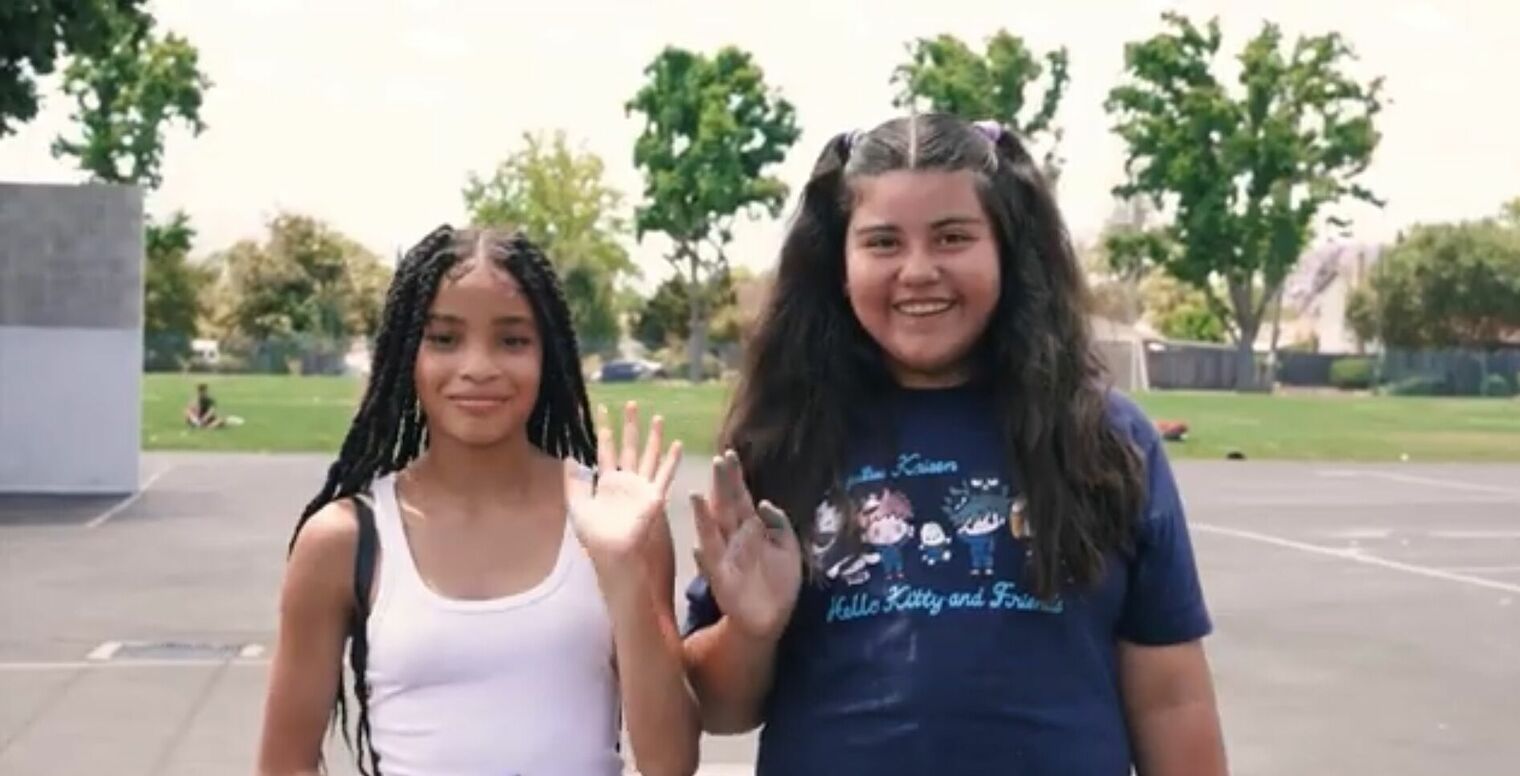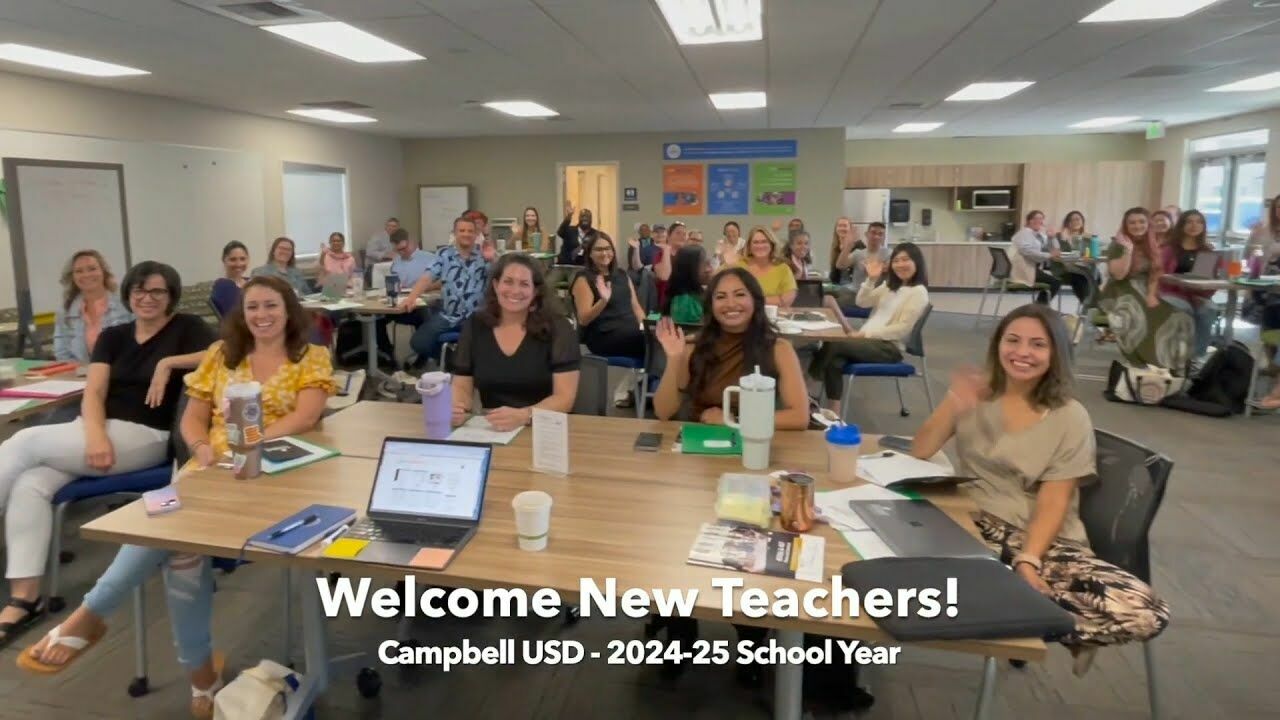Campbell Union School District (CUSD) is making strides in supporting a growing number of "newcomer students"—those who are new to the country and the U.S. school system—who enroll in our schools. In response to this trend, CUSD, under the direction of the Governing Board, launched several initiatives to foster a welcoming and supportive environment for these students and their families.
“Our new students, many from Latin America and Southeast Asia, often have strong educational backgrounds but lack English language skills,” said Campbell Union School District Board President Danielle Cohen.
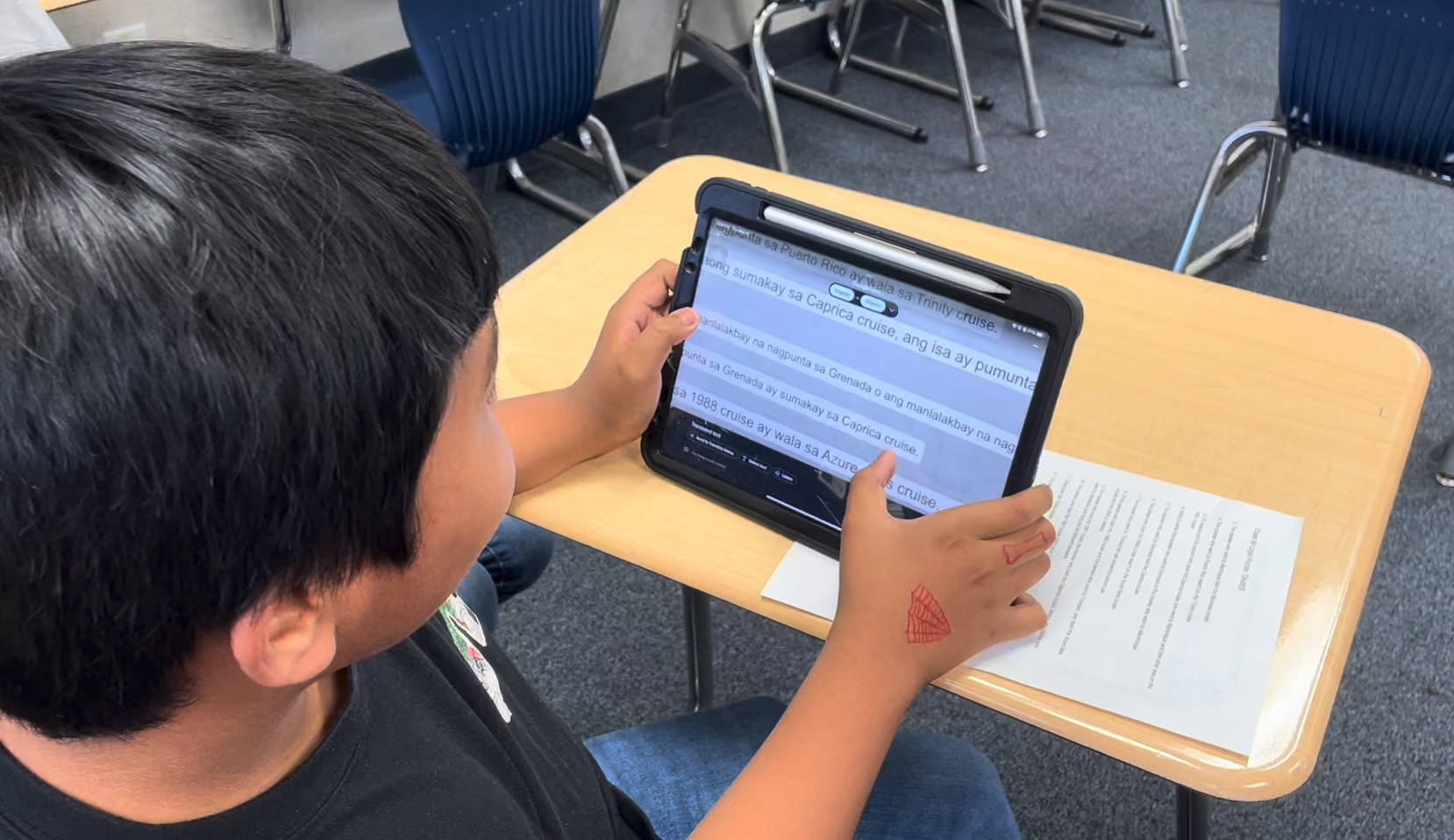
Student reads lesson translated into Tagalog.
“It’s a unique challenge: they are educated but not proficient in English, making integration into our schools difficult. By improving access to lesson content and building a strong sense of community for them and their families, the District is helping these students succeed academically and setting the stage for a bright future in their new home.”
Leading these efforts is Denise Kilpatrick, the district’s Coordinator of English Language Development (ELD) Programs. Under her guidance, the school district introduced specialized newcomer resources to help students acclimate socially and academically. One of the standout initiatives was a pilot program at a middle school.
“Last year, we piloted a program at a middle school, which provided dedicated newcomer support,” Kilpatrick explained. “The teacher in charge built strong relationships with students and their families, while collaborating with other teachers to provide necessary resources. Due to its success, we’ve expanded this support across the district.”
Program Expands
In January 2024, to support teachers with newcomer students in their classrooms, the school district assigned two full-time ELD specialists to work across four schools. These specialists provided instruction and resources for newcomer students and their families, to equip the entire family for success. Community liaisons also play a pivotal role in the district’s support network, linking families with vital resources and organizing family connection events.
“We are formalizing the support systems we used last year and ensuring that teachers are ready to help newcomers, regardless of when they arrive or their current skill level,” said Cohen.
Technology Supports Language Access
Technology is also playing a key role in these efforts. Through a loaner iPad program, CUSD ensures that students have access to educational and informational apps that ease their transition into the U.S. school system. Additionally, parents can use the iPads to access community services, take English language classes, and more, helping them establish a support network for their families.
By placing the needs of newcomer students and their families at the forefront, CUSD is fulfilling its mission to create an inclusive environment where all students can thrive.
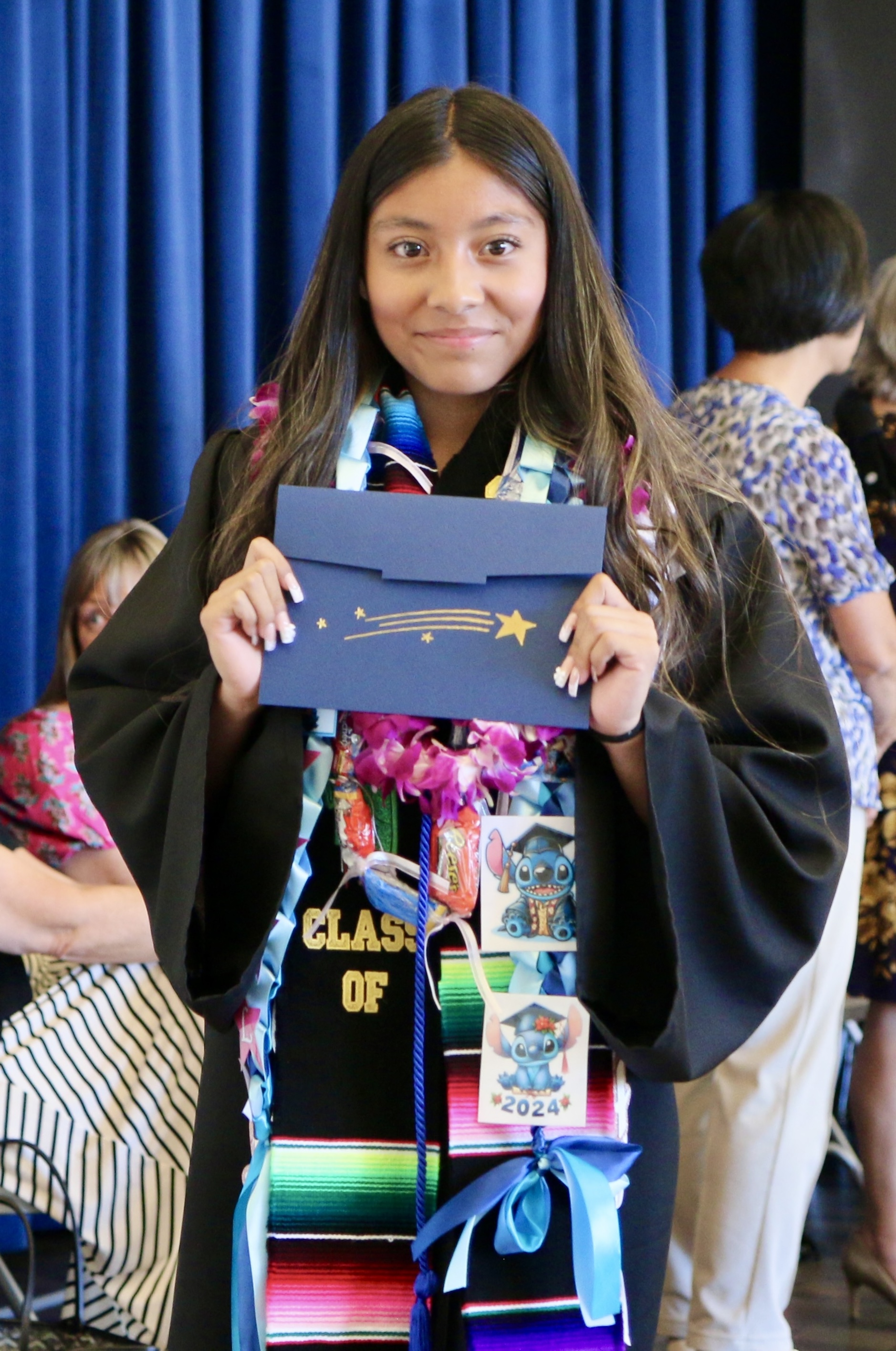 “With the right support early on, these students will need fewer resources over time. Just as we do with our focus on TK and Kindergarten readiness, addressing newcomers’ needs early helps them acclimate and integrate into the community more quickly,” Cohen added.
“With the right support early on, these students will need fewer resources over time. Just as we do with our focus on TK and Kindergarten readiness, addressing newcomers’ needs early helps them acclimate and integrate into the community more quickly,” Cohen added.
“Our goal is to ensure that every newcomer feels embraced and supported from the moment they step into our district,” said Kilpatrick. “Students can only succeed when they feel safe, and we are committed to providing that environment for all of our students.”
As the district moves forward, the success and expansion of the newcomer program will continue to depend on the needs of the community. One thing is clear: CUSD is dedicated to creating a welcoming space for all students, regardless of where they come from or what challenges they face.
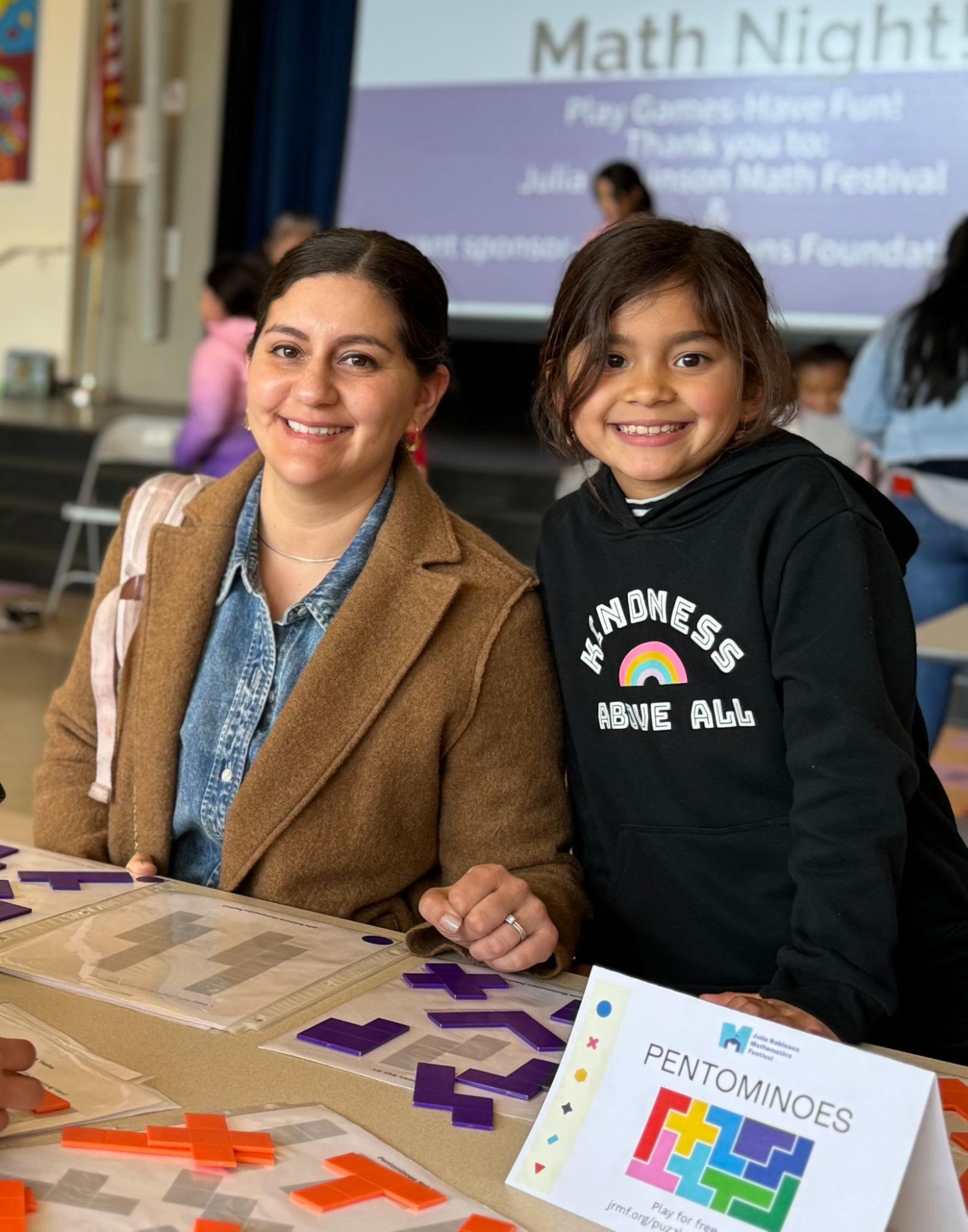 Whether your student is in elementary or middle school, these conferences provide an important opportunity for you to ask questions, share insights about your child’s strengths, and collaborate with the teacher to support their continued growth throughout the school year.
Whether your student is in elementary or middle school, these conferences provide an important opportunity for you to ask questions, share insights about your child’s strengths, and collaborate with the teacher to support their continued growth throughout the school year.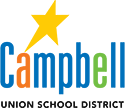

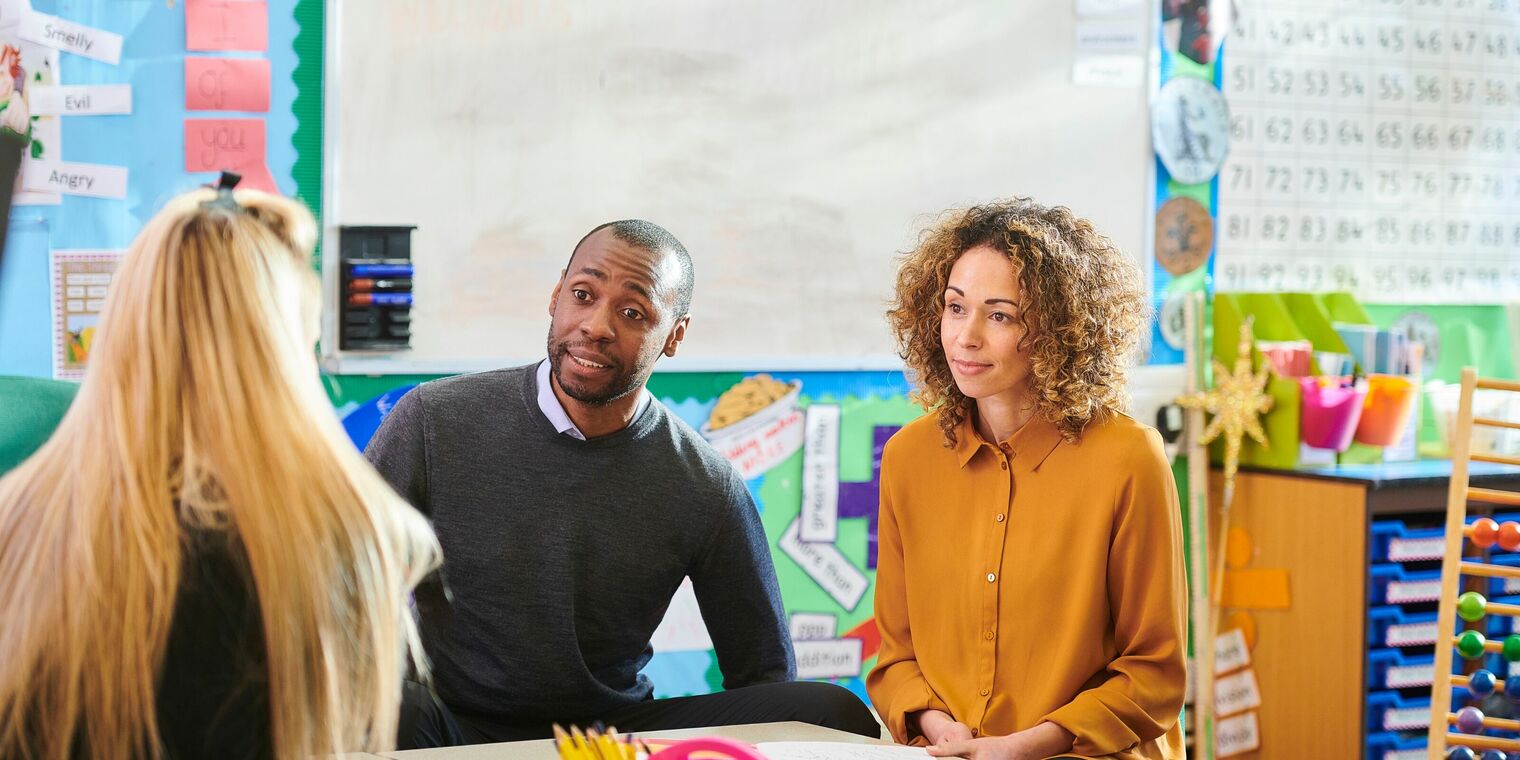
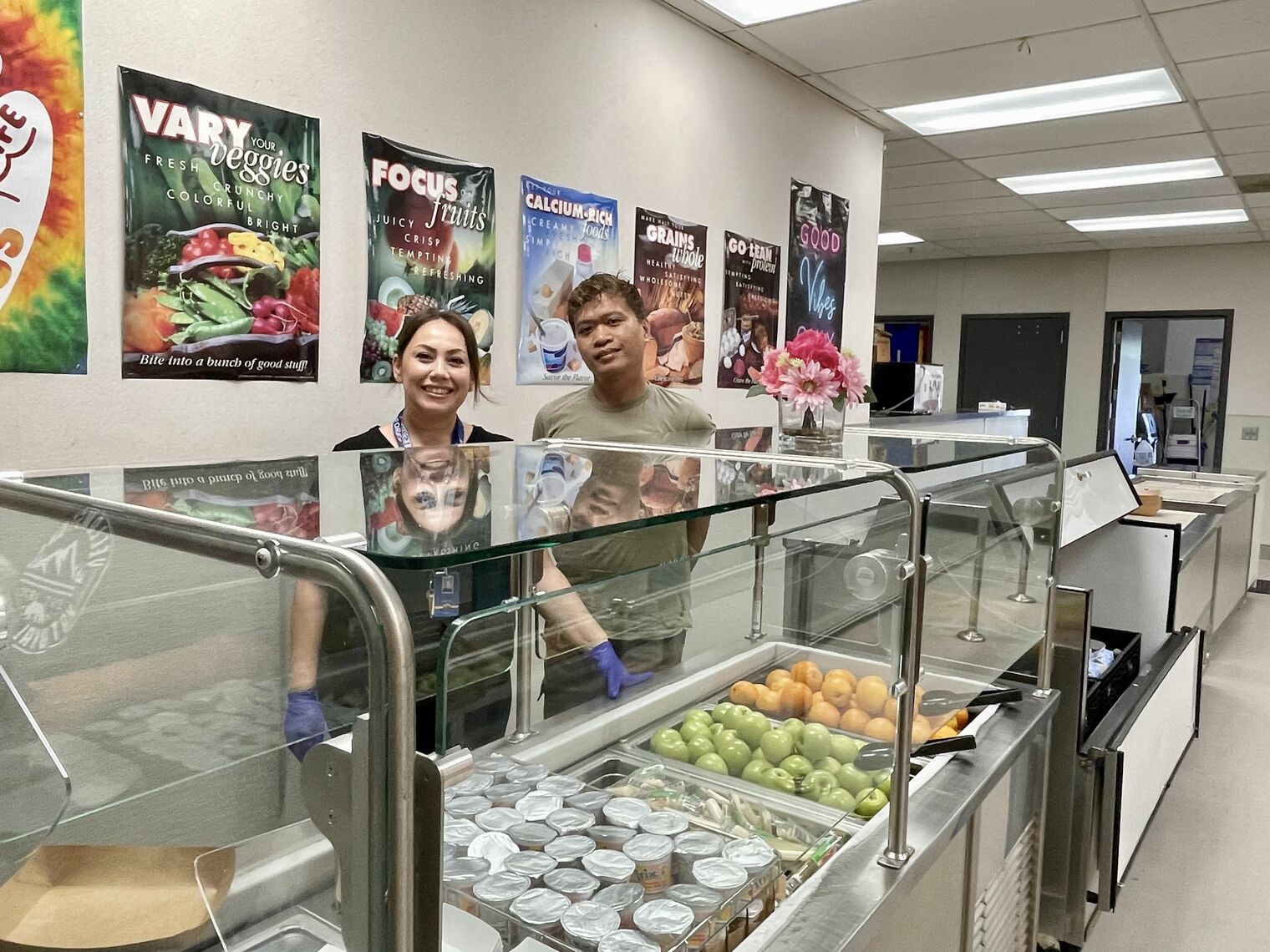

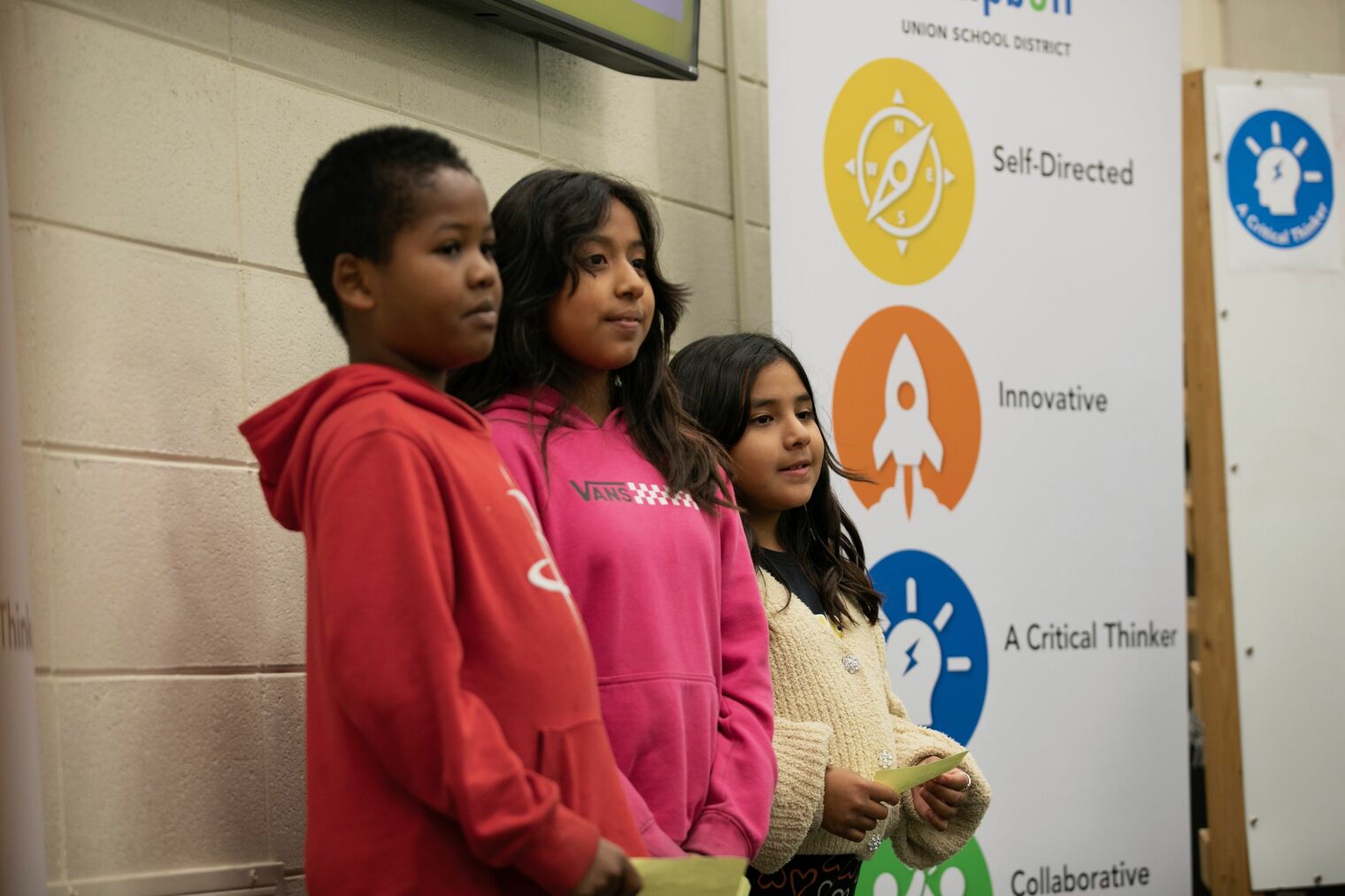
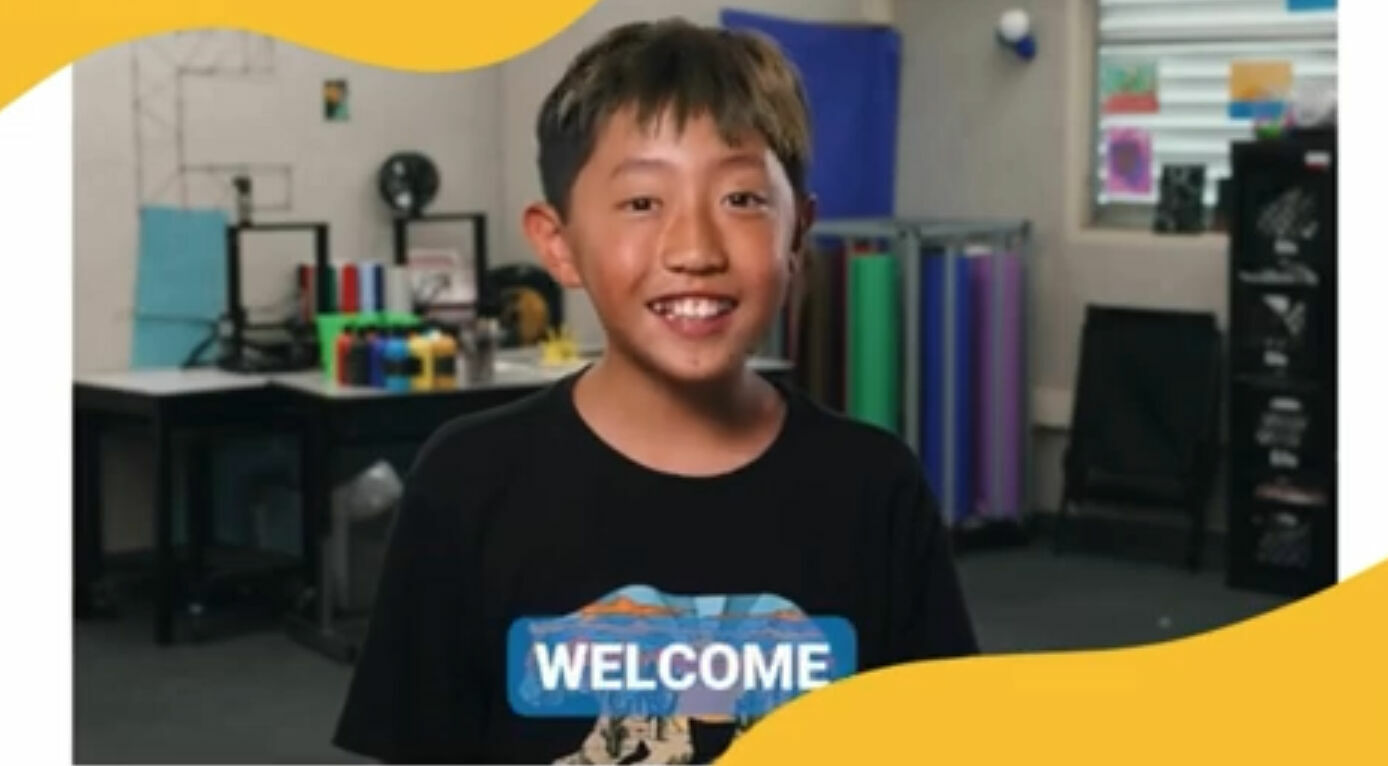

 “With the right support early on, these students will need fewer resources over time. Just as we do with our focus on TK and Kindergarten readiness, addressing newcomers’ needs early helps them acclimate and integrate into the community more quickly,” Cohen added.
“With the right support early on, these students will need fewer resources over time. Just as we do with our focus on TK and Kindergarten readiness, addressing newcomers’ needs early helps them acclimate and integrate into the community more quickly,” Cohen added.